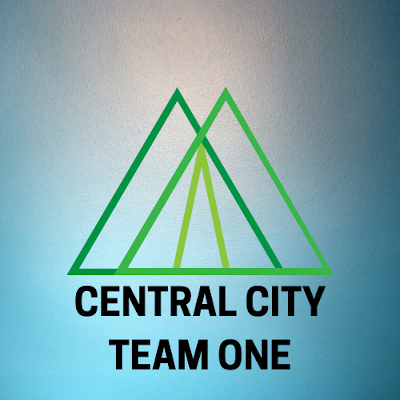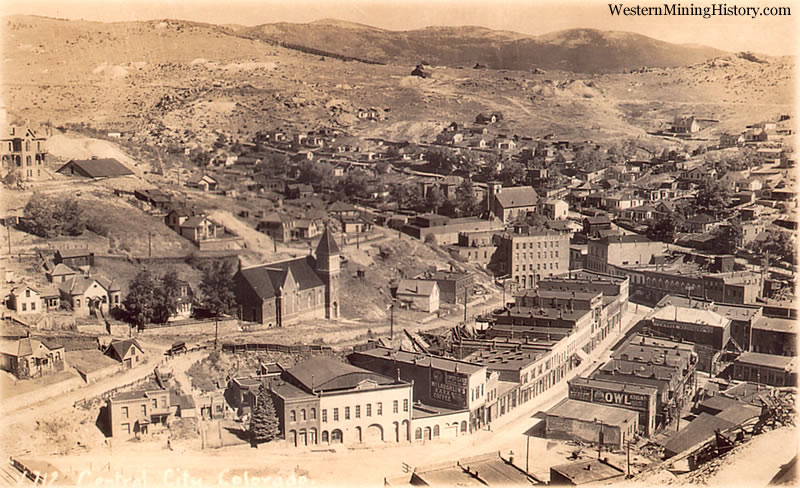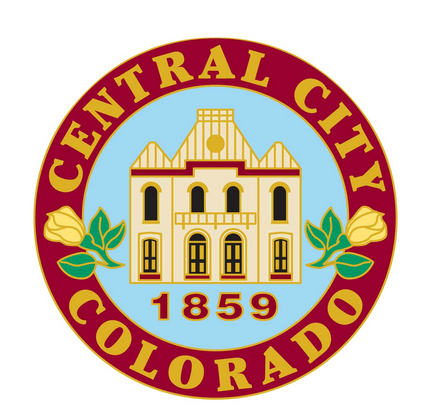Central City Historic Building Inventory & Assessment
Overview
Central City was founded in the late 1850s as a very prosperous gold mining town & has been faced with evolving its business landscape over the years to continue attracting visitors. Despite the significance of gaming and casinos to its economy, they are facing a near 40% retail vacancy rate in their downtown commercial area, mainly consisting of historic buildings. They would like to leverage the historic fabric of the city and its charming character, by rehabilitating and finding new ways to adaptively reuse and transform the city’s center into an inspiring, attractive, and walkable mix of commercial, retail, multi-family housing, and thoughtfully planned public areas. To that end, they felt that gaining a better understanding of the current condition of the vacant buildings in the downtown commercial area would be the first step. Our client is the Central City Office of Community Development, and our challenge was to design a standardized visual inspection process and assessment report to systematically evaluate each of the vacant historic buildings.
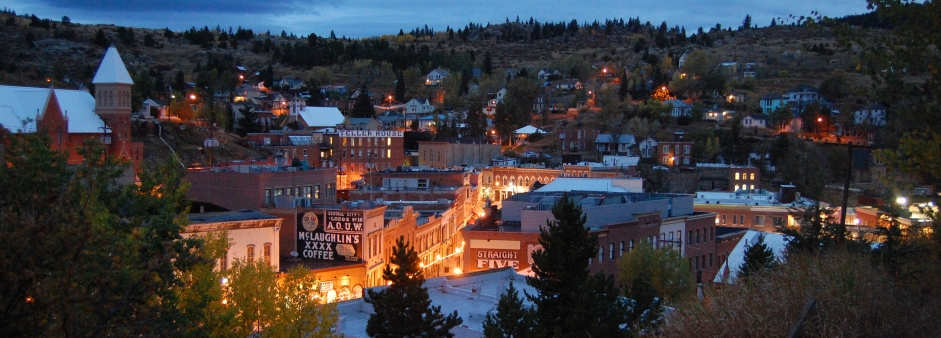
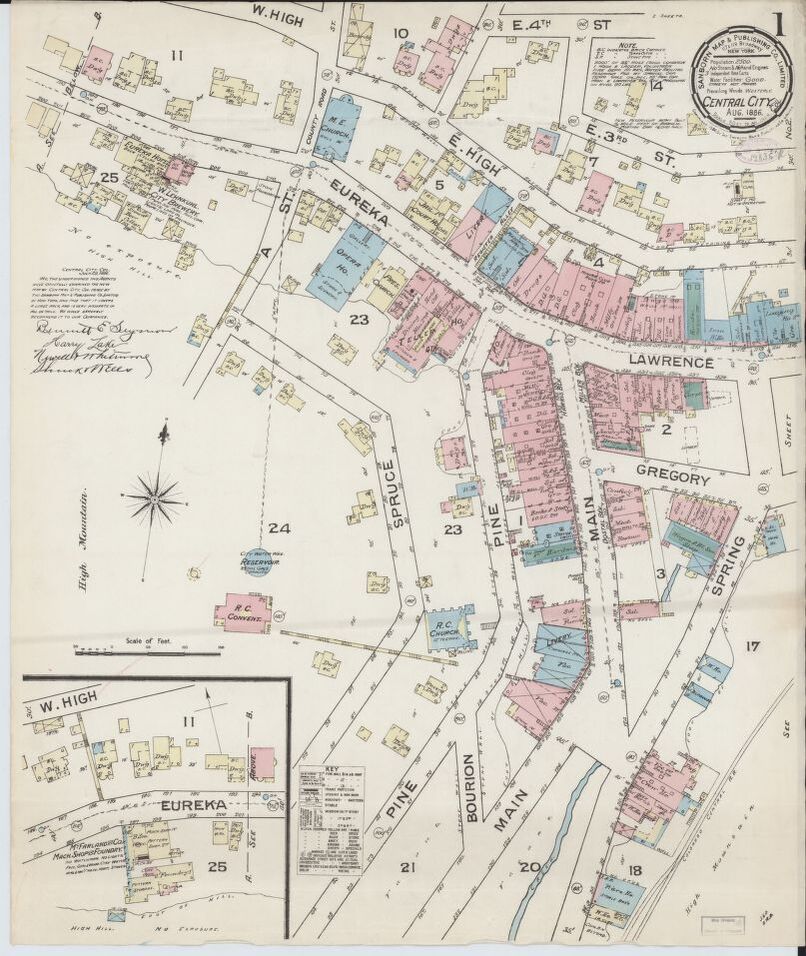
Team Members
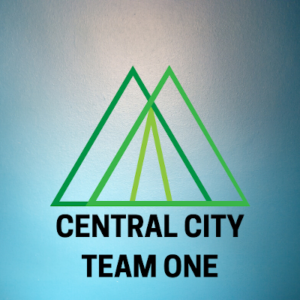
Mia Manning
(Individual Project)
The Client
- Central City, Office of Community Development
- Lisa Roemhildt, Main Street Advisor
- Ray Rears, Community Development Director, Historic Preservation Officer
Acknowledgements
Disclaimer: Central City supported the student and the Colorado School of Mines in this effort, but does not formally support any findings represented, until further review and consideration is made by the City.
I want to acknowledge the following great people with whom I had the pleasure of collaborating this semester:
My Central City Clients, Lisa Roemhildt, and Ray Rears. It was an absolute pleasure to work with you – my only regret (and sadness), is that I didn’t have the entire academic school year to see the project through. I can’t wait to see those charming old buildings get a new life breathed into them – they are a treasure. I very much hope our paths cross again.
My Project Advisor, Professor David Grimm. You’ve been a great inspiration and mentor this semester. And although the project required a considerable amount of work, it also provided a tremendous learning experience in equal measure. Thank you for your guidance, feedback, and sharing in my excitement of historic buildings.
John Persichetti, Director of the Mines Capstone Program. I’m grateful you introduced me to the Central City Projects; it was the right choice for me. Thank you for the opportunity.
Tessa Drinnan, my Technical Advisor. Your Forensic Engineering background was a perfect complement to this project (and fascinating!). Your advice and assistance when I reached out for help was what I needed to get untangled and forge ahead.
And on a final note, a sincere thank you to the owner of the Doc Holliday Casino for permitting us to use his building as our testing ground.
Elevator Pitch
Design Approach
This project was somewhat unique, in that it was initiated during the beginning of the current semester, rather than last fall. Although it should have been a 1-year project, we believed we would be successful in creating both a standardized inspection/evaluation process and a methodized assessment report. It was our goal to transfer these finalized process designs to a future Senior Design (Civil Engineering) team who would be able to focus on performing the assessments for each of the identified vacant historic buildings of interest. With an awareness of the stringent time constraints of our project, we determined the best and most efficient approach to meeting our objectives would be to select one vacant property to use as a case study. The chosen property should be representative of the historic buildings in the area in terms of age and construction materials. By conducting a series of site visits (walk-throughs), we sought to formulate a rapid screening procedure covering the broad strokes of a building’s existing condition that would be visual only, and that could be applied to all of the properties to be evaluated. Each site visit would represent one iterative cycle toward that standardization goal. In preparation for this upcoming process, we felt it was essential to invest a brief interval of time to become familiar with an engineer’s role in the stewardship of historic buildings. And with this in mind, we used the following construction, structural, and infrastructure considerations to drive our design decisions. First, to focus on deterioration that may compromise structural integrity and safety. Second, degradation or decline that was noticeable, and although not yet significant, could lead to future concerns. Third, either observed dilapidation related to infrastructure and utilities systems, or a lack thereof, (some buildings may need to be retrofitted). This design process would lead to assessments that would give the city a better perspective about recommended improvements as they planned their revitalization strategy. The assessments could also be used as a tool by building owners and investors contemplating rehabilitation projects, to take the first step of outreaching a general contractor or architect.
Design Solution
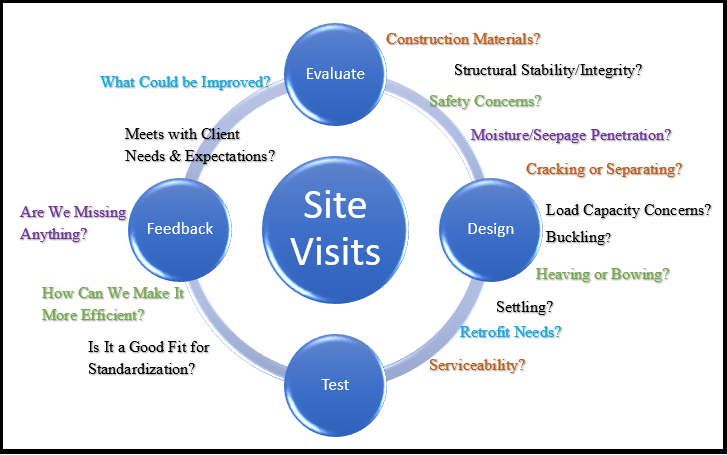
Our project relied heavily on user needs analysis. As such, validation feedback was essential to our progress.
2/20/20: client meeting to discuss project scope and deliverables, including proposed restrictions, exclusions, and assumptions. Key Design Validations:
- General guidelines to be used focusing on structural integrity and safety, and observations of degradation or decline that could lead to future concerns.
- Recommendations and observations for repairs will be placed in order of priority and are strictly advisory. Proceeding with rehabilitation measures will require outreach by owner/investor to an architect and general contractor.
- One of our client’s requests was that a broad cost range anticipated for these interventions, be included in the assessment report. We will achieve this via an estimating software with the assistance of our technical advisor. It will also be strictly advisory.
3/6/20: we met with the client to discuss preliminary design and findings, following our first walk-through.
Key Design Validations:
- The rapid visual screening would benefit from being divided into 2 phases:
-
- Discovery phase. Review available files, including structural engineering, as well as soil and foundation studies, and drawings that are relevant to the structure. The purpose of this is to put together a historical narrative and timeline of the building, checking for construction modifications and other changes that would better inform the site-visit. Then conduct a brief walk-through making a note of any obstacles related to access and walkability that should be resolved before the visual screening/inspection.
- Visual screening/inspection phase. This phase will be repeated while iterating the design to its final streamlined and efficient format.
- The assessment report will summarize the findings of the discovery phase and visual screening.
- Site-visits will be accelerated to a one-week frequency to meet project objectives.
Regrettably, the project was disrupted shortly after our second site visit, so we were unable to continue the design process.
Next Steps
Based on feedback from the case study property owner, there is some level of hesitation about having the assessment made public. It may be a concern that is echoed by other owners should the assessments move forward. One possible solution may be instituting a non-disclosure agreement between the Central City Office of Community Development, property owners and the Colorado School of Mines Team. However, this would preclude access to potential investors.
Moving forward and time permitting, It may be more informative to have permission from several owners of vacant historic buildings in Central City to be able to conduct site visits for all, to improve or ensure the usability and applicability of the rapid visual screening/inspection.
A further exploration about the types of structural issues most common to historic buildings, including a best practices maintenance and prevention schedule may be helpful to historic building owners, and could be made part of the assessment report.
Meet the Team
Mia Manning
Civil Engineering student, pursuing 2nd career.
